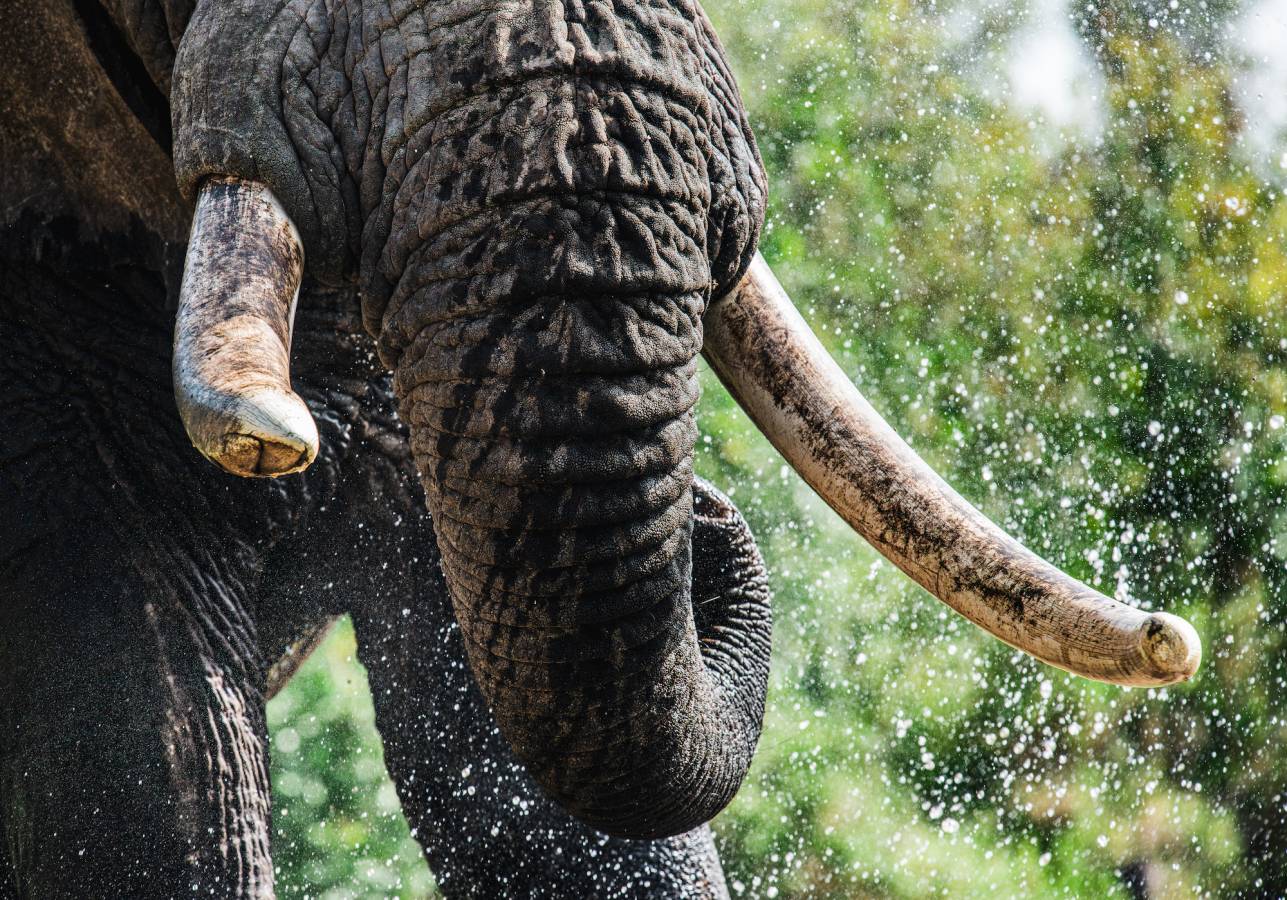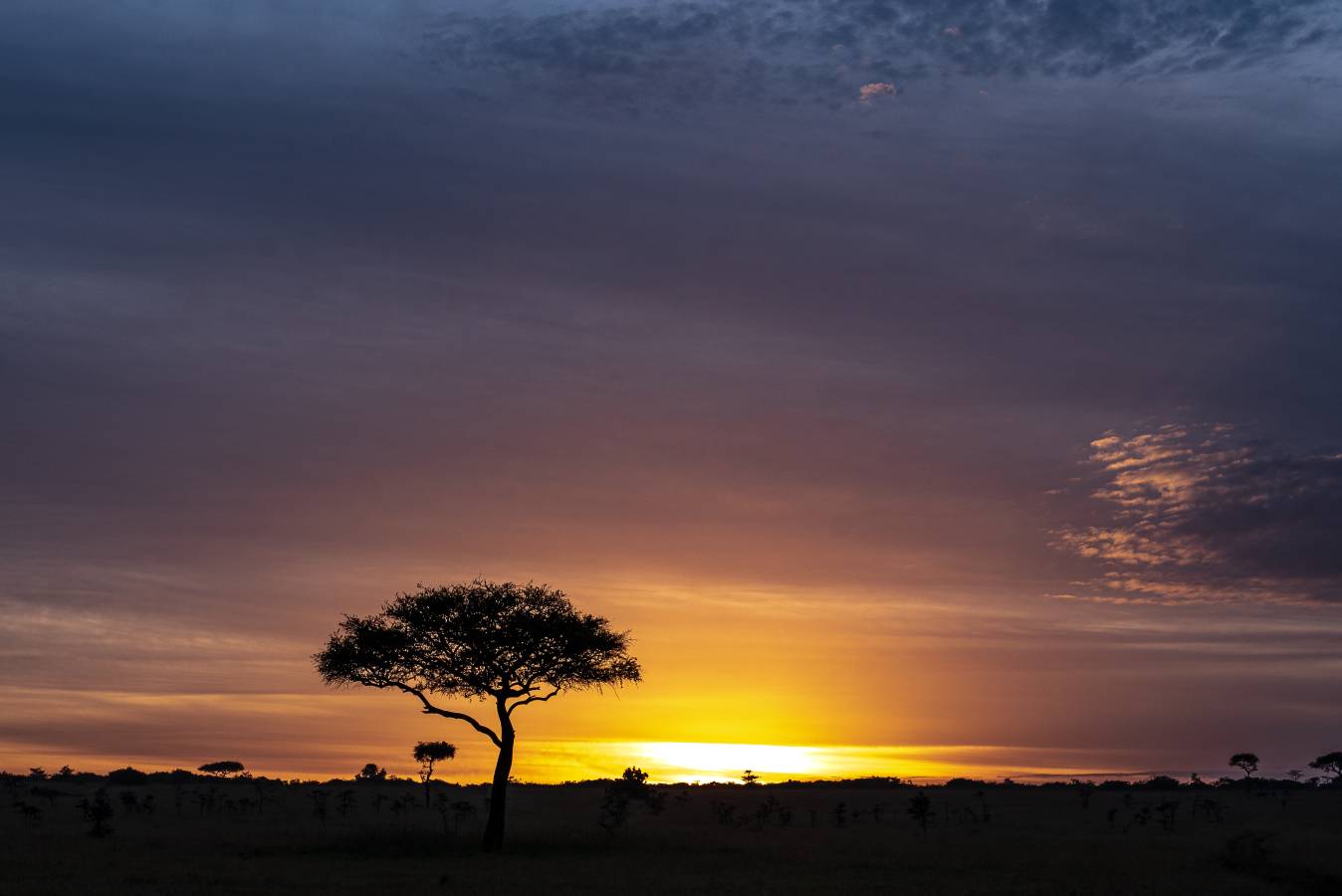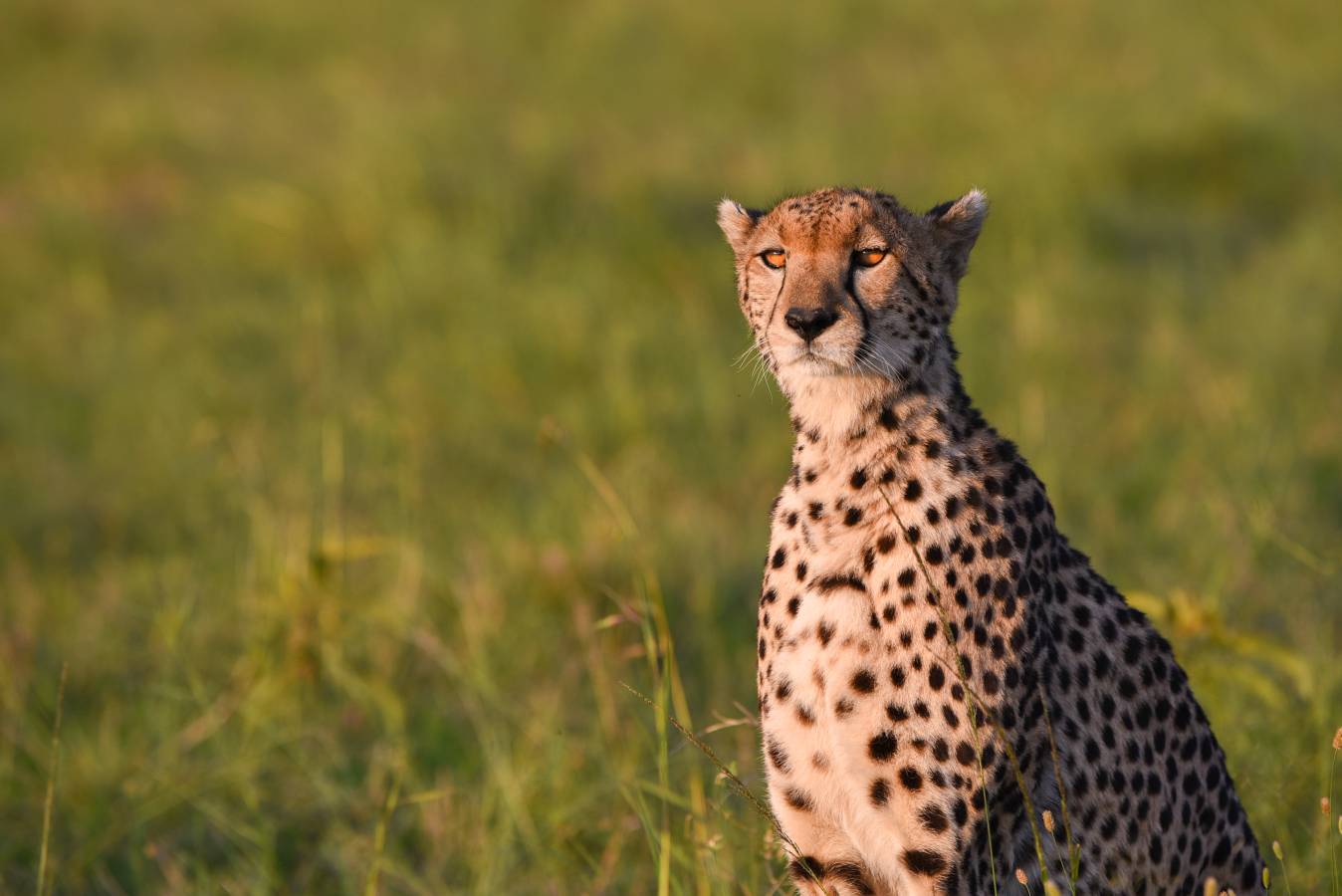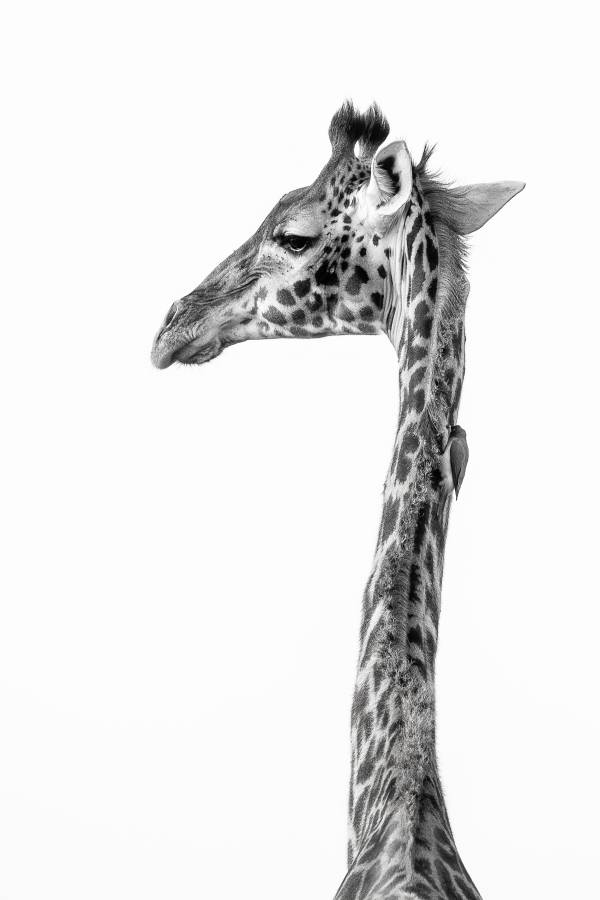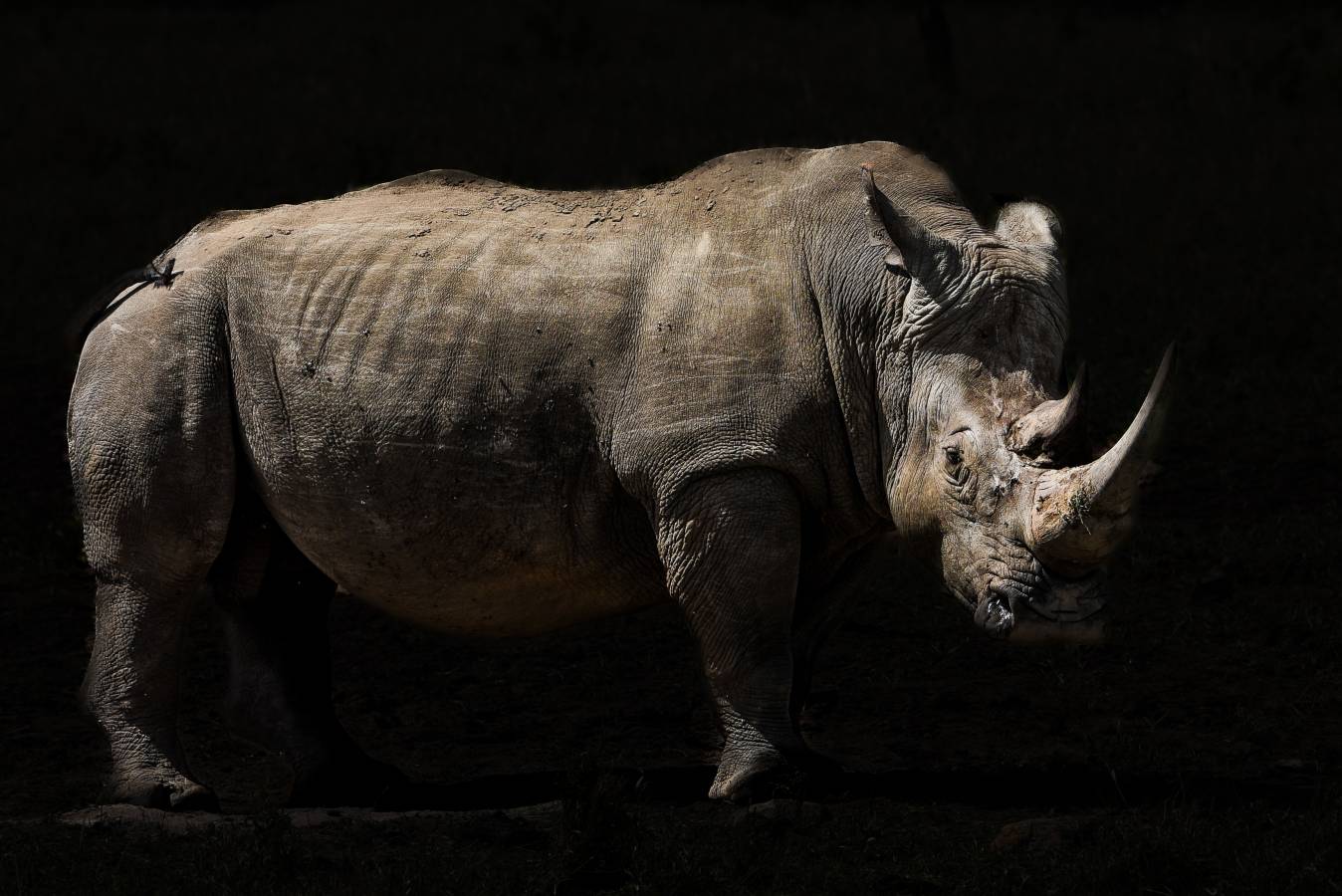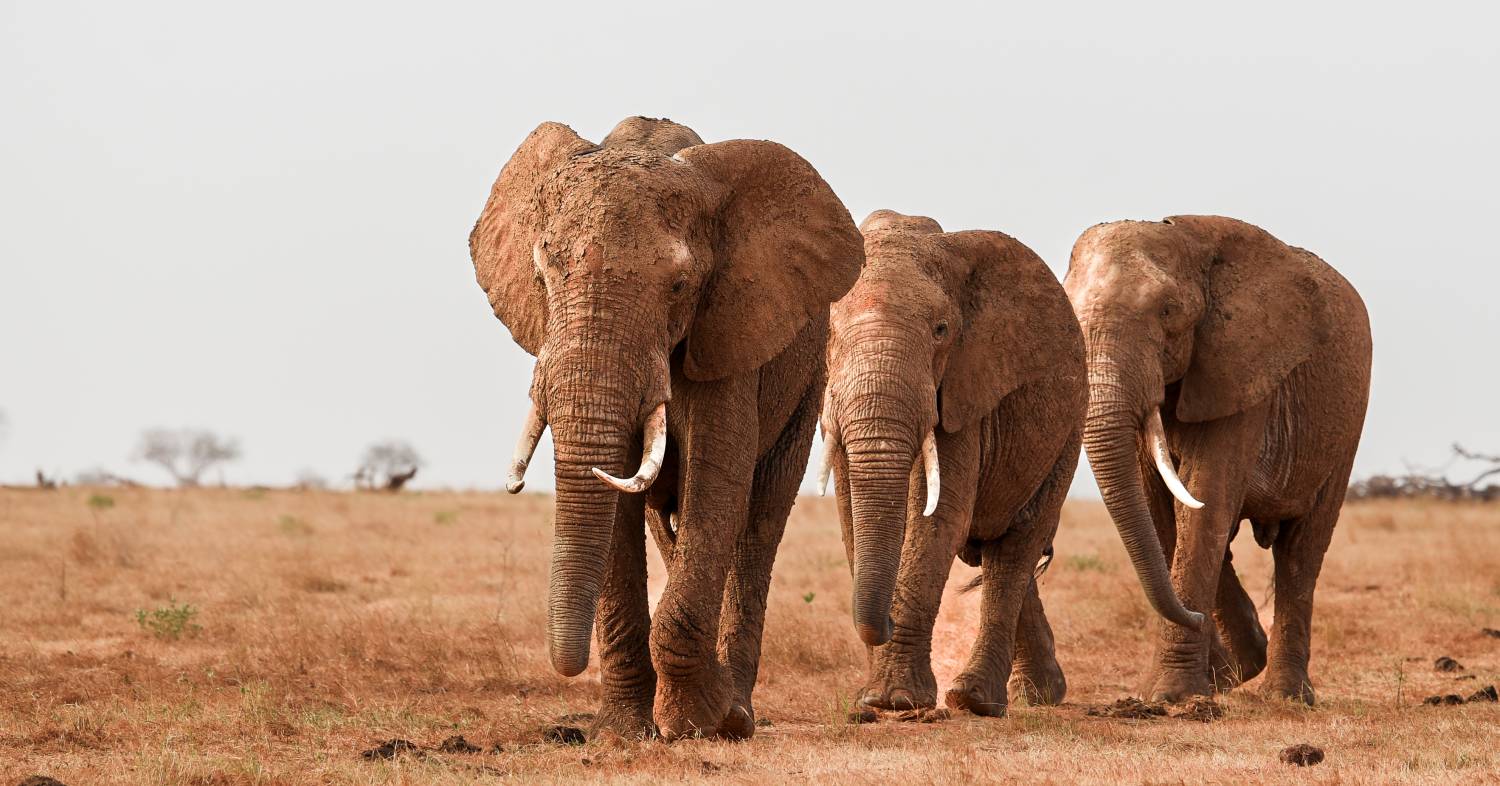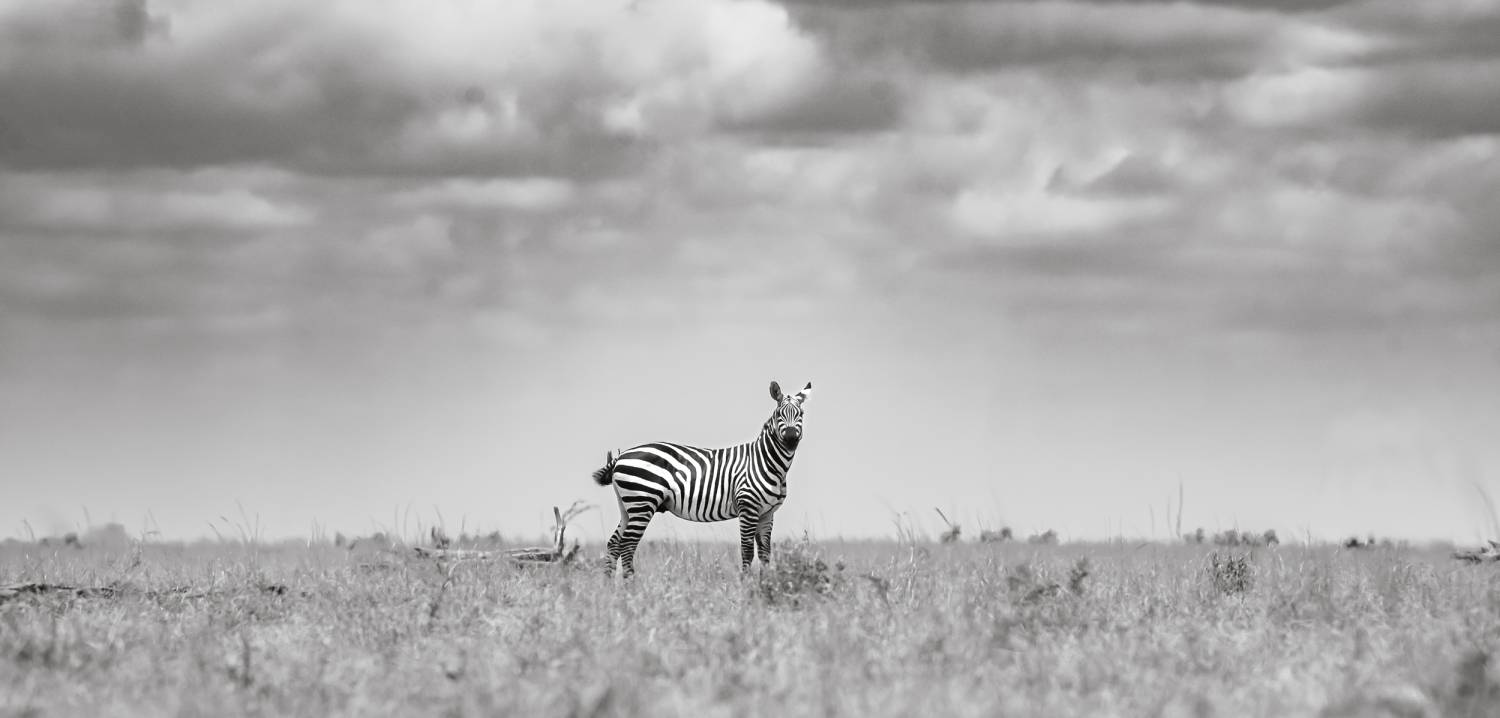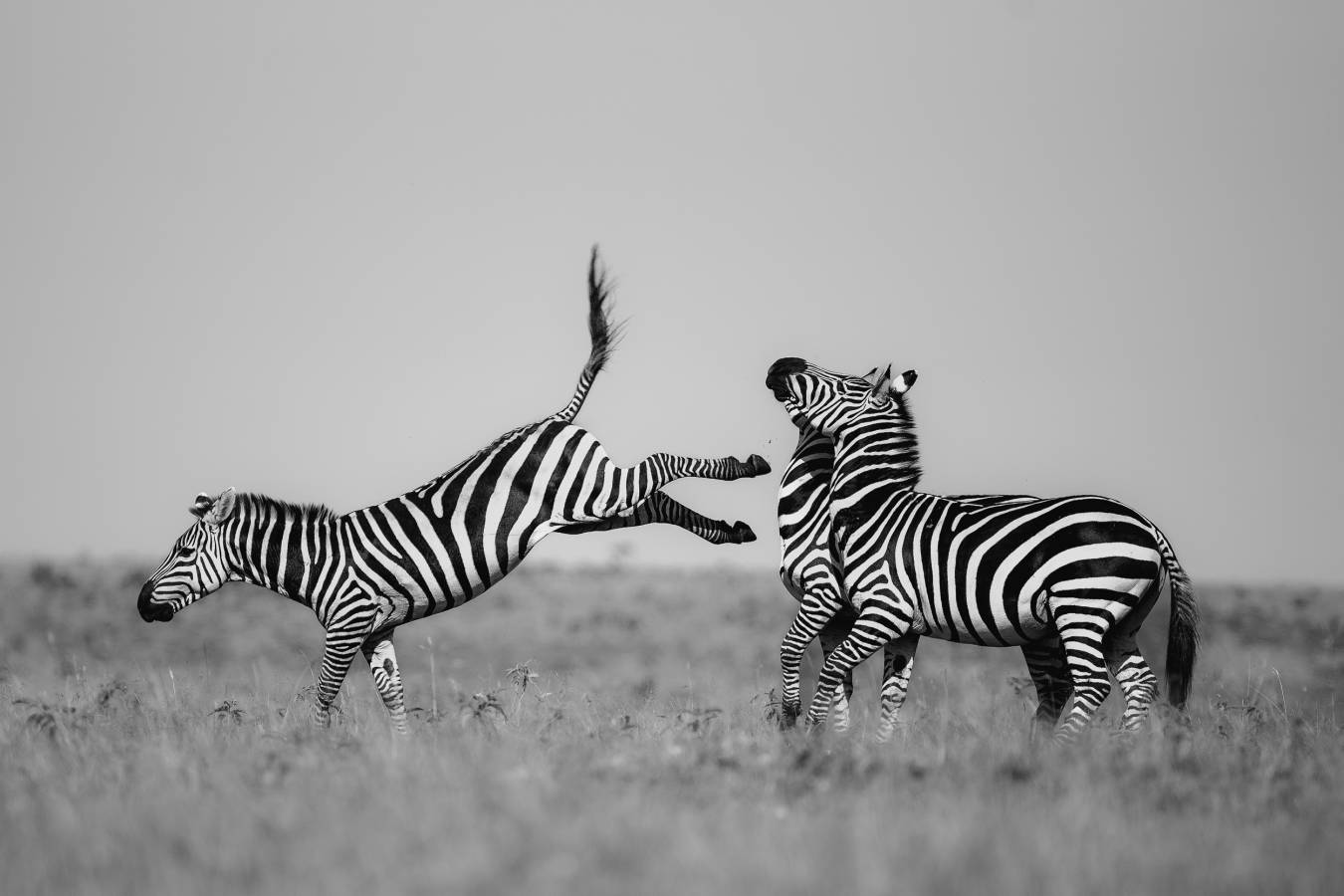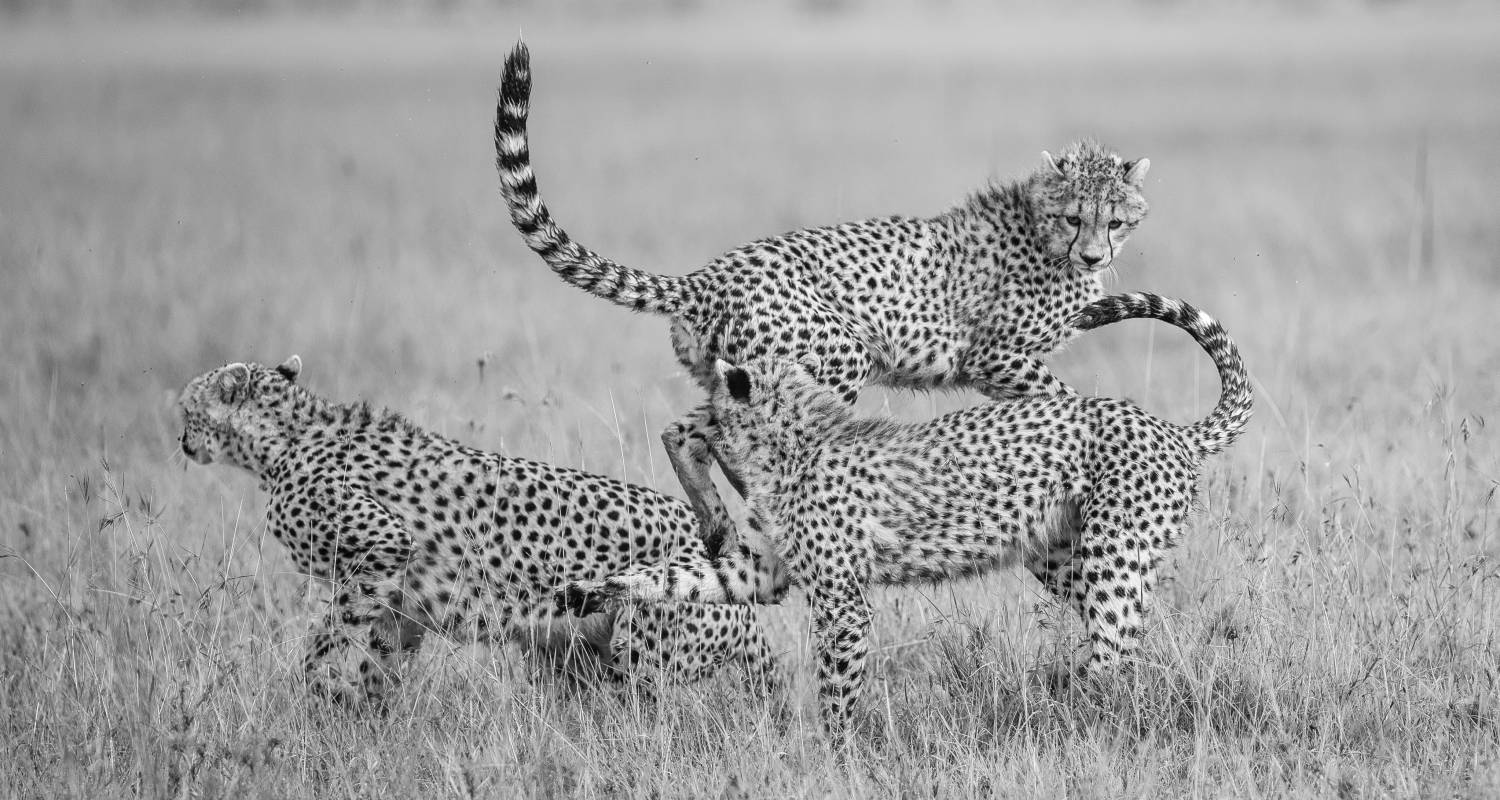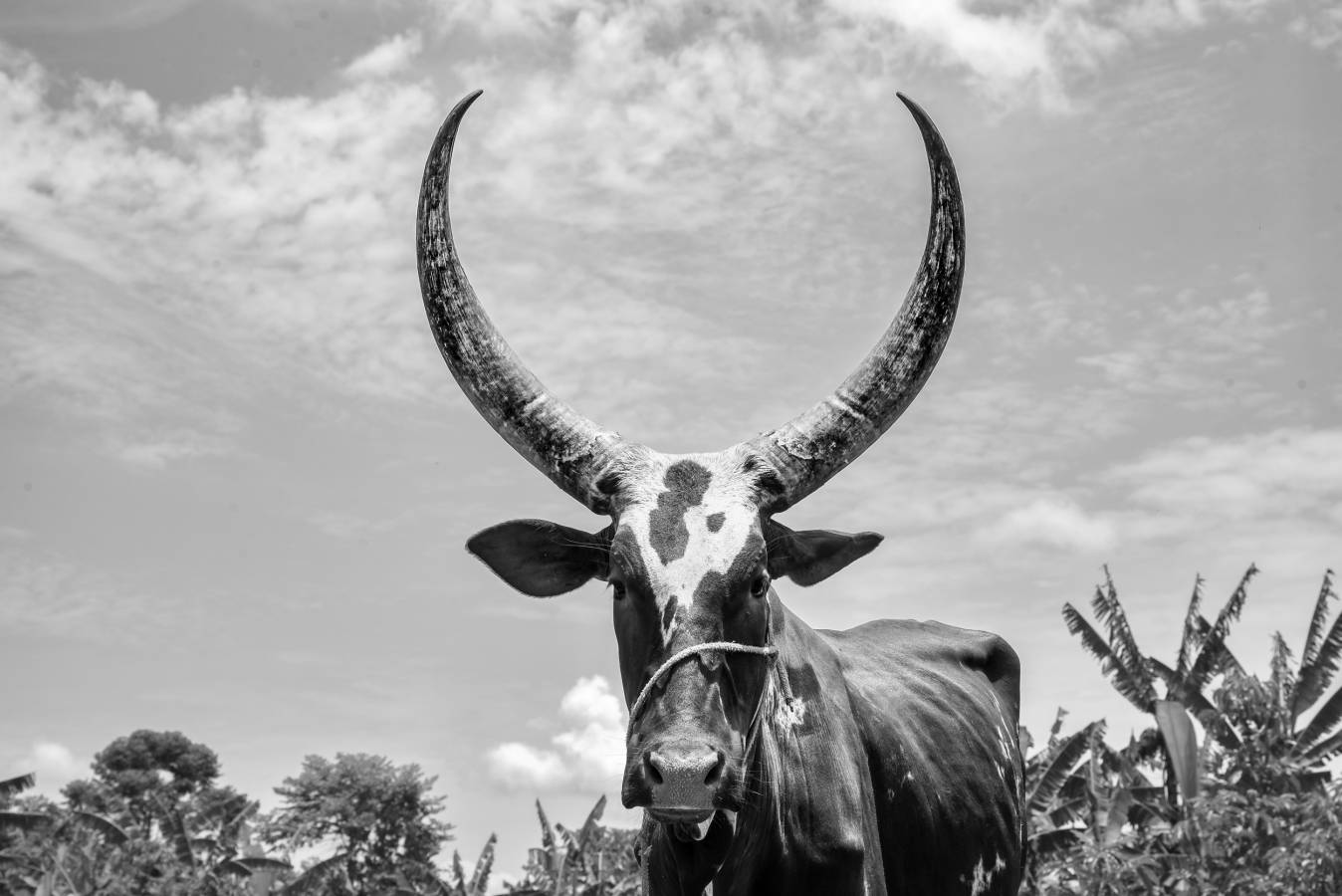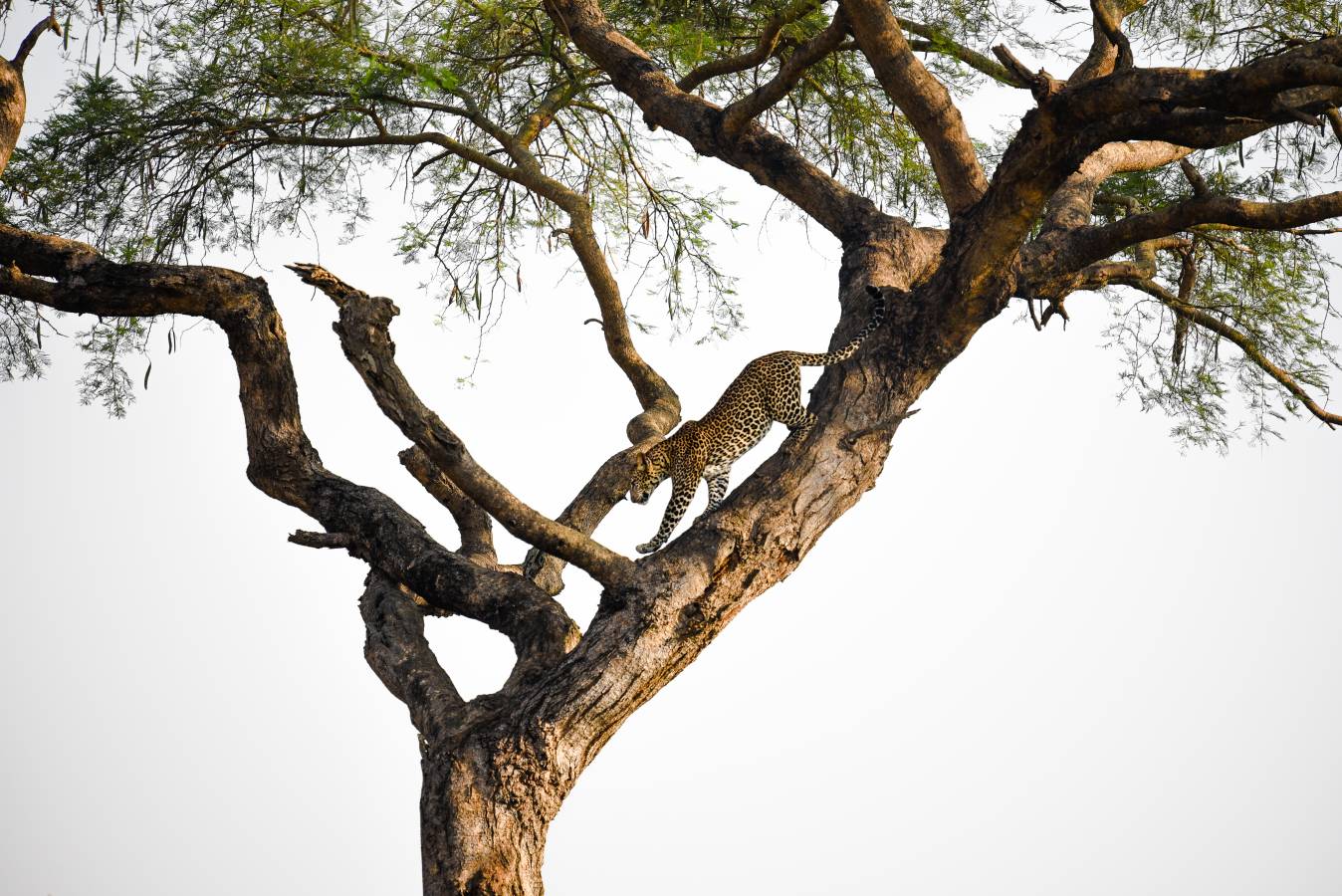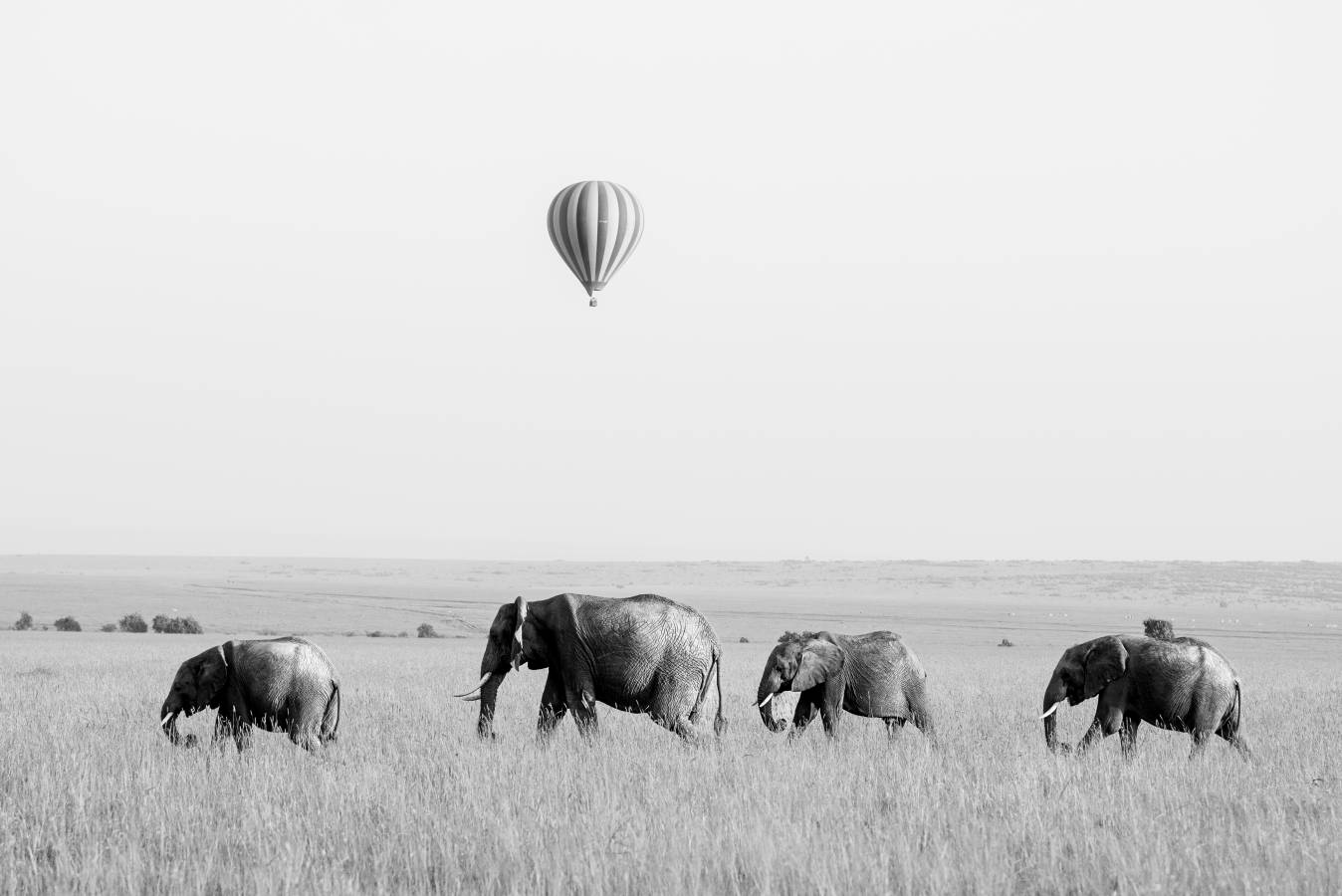NESTA WIGAN WILD LIFE PHOTOGRAPHY EXHIBITION 20TH SEPTEMBER TO 1ST OCTOBER THE OSBORNE STUDIO GALLERY BELGRAVIA LONDON
NESTA WIGAN - WILD LIFE PHOTOGRAPHY EXHIBITION 20TH SEPTEMBER TO 1ST OCTOBER THE OSBORNE STUDIO GALLERY BELGRAVIA LONDON www.osg.uk.com
Nesta Wigan, 27, professional wild photographer with an ever present sense of wonder, searches and waits for moments in the lives of vulnerable, endangered, species in East Africa, dedicating her own life to the support of conservation. She donates a percentage of her print sales to Waterberg Rhino UK, has worked for Tusk Trust who protect the elephant and Richard Bonham’s Big Life Foundation, Kenya, heroic pioneers in the prevention of ivory poaching.
Picasso said: ‘every child is an artist, but how to remain an artist once we grow up? It has taken me a lifetime.’
Nesta Wigan takes her truck into the Savannahs of Kenya and Uganda, to capture her joy at the sight of a cheetah in a tree, the surprise of an elephant march, a group of frolicking zebra, close encounter with a lion.
Her childhood enchantment with tales of Babar, King of the Elephants and Rudyard Kipling’s Jungle Book with its collection of animal stories such as ‘How the Leopard got its Spots ‘ has never left her.
Since the age of ten she has found most inspiration in the Maasai Mara National Reserve, Kenya. Glorious wildlife in Africa is now one of the most important destinations in the world for bold travellers with a taste for the unexpected (face to face with a lion, for example).
Nesta tells her story:
‘I went to The Kings School Canterbury said to be the oldest school in the world, dating back to 597 A.D
I always had a love of cameras. My first camera was a digital Lumix, remember having to go everywhere with a huge number of AA batteries as it constantly ran out. I would go out each day with about ten batteries in case I missed something. I took this camera when on my first safari aged ten to the Maasai Mara National Reserve, Kenya.
Official description: The National Reserve covers 580 miles of preserved Savannah wilderness renowned for its exceptional populations of lion, African leopard, cheetah and African bush elephant.
With a Kenyan step family of coffee farmers, I grew up bouncing back and forth between Kenya and the UK. I spent three years at Oxford Brookes University studying digital media production, including cinematography, focusing on documentaries.
In 2015 spent my first university summer vacation in Lewa, assisting Tusk Trust on the Safaricom Marathon. We were surrounded by three orphaned baby rhinos, the youngest Kitui aged two months, was the size of a small dog. One year I was tracking black rhinos with rangers, the next working in the Arabuko Sokoke forest on the Kenya coast. My favourite animals are rhino, elephant. cheetah and penguin .
The next important trip will be Svalbard off the coast of Norway to photograph polar bears , a complete contrast to the arid African savannah. Soon I will be off to the South Pole to celebrate penguins, a crucial journey as global warming is bringing so much change to Antarctica.
I have always loved animals which kick started my photography, a passion inherited from my father, never stopped playing around with his cameras.’
A WIDER VIEW – THE BIGGER PICTURE
From a story in National Geographic: ‘Across land, sea and sky, wild life photographers are using the power of pictures to help save the world’s endangered species.
Art has always connected to the natural world, from early cave images of bison and mammoth to the beautiful detail in Victorian botanical journals.’
When National Geographic Magazine started to publish photographs, members were shocked The editor realised that photography could transport people to places where they could never go. See things they would never see, in a way no words could express. From the latest official report: ‘It is estimated that as many as one million plant and mammal species are threatened with extinction, mostly through human activity.’
Survival of almost all species is in our hands. If we take action we can save many, if not all, and photos can drive that action.
Photographers are on a mission to make people fall in love with animals. Jane Goodall (world’s foremost expert on chimpanzees) said ‘Only if we understand, will we care, only if we understand will we help.’
Photography brings us face to face with nature in a way that we cannot, stirring conscience and inspiring passion for our planet.
From the BBC : The plight of the Bengal tiger has been extensively documented by photographers so that it is one of the most iconic endangered species in the world, These magnificent animals, a perfect combination of beauty, grace and power, fired the imagination and indignation of a worldwide community. This led to successful calls for an end to tiger hunting. Stunning photographs of these big cats saved them from extinction.
Photography allows us to see real, complex, and often incredible animal behaviour. It is where we can see the damage we are inflicting on the natural world.
Leading wildlife photographer Ami Vitale’s picture of last male northern white rhino Sudan’s final moments is one of the defining images of the past decade. It woke people up.
He says ‘That moment with just one animal is symbolic of what we are doing to the planet and every living creature in it, including humanity.’

